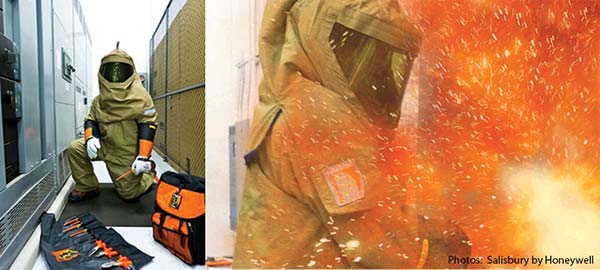Arc Flash
Written by Brent Spangler, JPT's Senior Electrical Project Manager

An Arc Flash is caused by the accidental current flow between two or more phase conductors. Several factors such as, dropping of tools, accidental touching and improper work procedures can cause an Arc Flash to occur. During the incident an explosion occurs causing an arc blast upwards of 2,000 lbs./SF and temperatures reaching 35,000 degrees Fahrenheit. Statistically at least 5 and up to 10 Arc Flash incidents occur every day (statistics by CampScell, Inc. of Chicago) in the United States. In addition to personal injury or death an Arc Flash typically results in damage to electrical equipment and extended down times for the facility.

Beginning in 1976 Occupational Health and Safety Association (OSHA) requested that the National Fire Protection Association (NFPA) create a document to assist employers and their employees to develop safe operation and maintenance practices for electrical systems within the workplace. In response the NFPA developed 70E, Standard for Electrical Safety in the Workplace. NFPA 70E covers a wide variety of electrical safety work practices and in 2004 it directly addressed Arc Flash standards.
Over the years the equipment labeling requirements have evolved to the 2015 NFPA 70E requirements. Failure to comply with NFPA 70E requirements is typically cited under the OSHA’s general duty clause and 1910 Subpart S.
To demonstrate compliance, facilities need to:
- Establish an electrical safety policy.
- Audit their electrical systems.
- Install labeling and signage.
- Provide employee training and equipment.
- Develop an ongoing maintenance policy.
JPT has over 35 years of combined experience in the electrical construction and design fields and can help employers develop or enhance their current electrical safety program to meet today's standards. For more information contact JPT Architects.